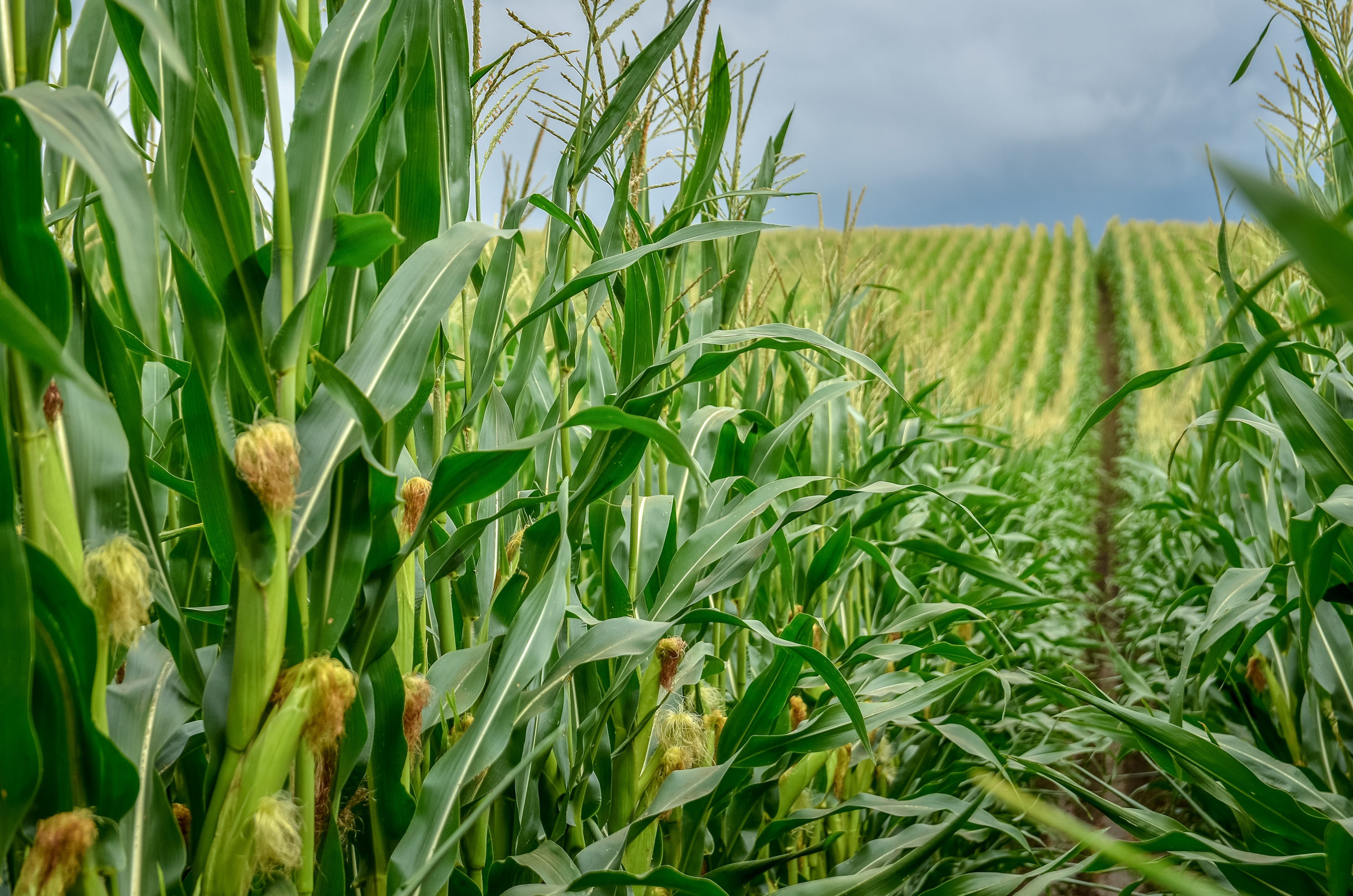Wealth & Poverty Review Healing Peter’s Pessimism
Take Elon Musk’s advice and “look at the numbers” Originally published at Human ProgressAt a recent conference at Stanford University, the American entrepreneur Peter Thiel poured ice water on the idea that humanity has made much progress in recent decades. Thiel, the brilliant billionaire who helped to start Facebook and PayPal, is famous for saying, “They promised us flying cars, and all we got was 140 characters.” At the Stanford conference, he doubled down on his pessimism, noting that “we’ve had this incredible stagnation for the last 50 years, and then we have unbelievable amounts of propaganda that this is not true.”
Thiel’s perspective appears to be driven by the supposed lack of progress in such areas as supersonic transport, biotechnology, and energy. Perhaps, but human flourishing consists of more than flying cars, life extension and nuclear fusion – all of which may yet come to fruition. And so, we would ask him to follow his fellow PayPal co-founder Elon Musk’s advice and “look at the numbers.” Hopefully, Thiel will reassess his attitude toward other types of progress experienced by the average person.
Consider resources. In our new book, Superabundance, we looked at a wide variety of commodities, including foods, fuels, metals, minerals and finished goods. What we saw was an incredible growth in abundance. More specifically, when we looked at the time prices of 50 basic commodities between 1980 and 2018, we found that the average fell by 71.6 percent. That means for the same time of work it took to earn enough money to buy one unit in the basket of our 50 commodities in 1980, people could get 3.52 units in 2018. That suggests a 252 percent increase in personal resource abundance.
Over the same period, the global population increased by 71.2 percent. In our framework, global resource abundance is equal to personal resource abundance multiplied by the population size. Based on that measure, the world saw a 4.84 percent compound annual growth rate, which means that resource abundance doubled every 14.66 years.
It’s not just basic commodities that are becoming more abundant. When we compared the time prices of 35 everyday items, such as appliances and clothing, between 1979 and 2019, we found that blue-collar workers in the United States saw their abundance increase by 261 percent. On average, a worker gets 3.61 units for the same length of work that was required to buy just one in 1979.
Thiel is right. We didn’t get flying cars, but we did get iPhones. Billions of them. For under 24 hours of work, an ordinary person can get a device that would have cost over $100 million in 1991. Would you rather have a flying car or smartphone? The truth is that many of us would choose the latter.
Thiel is somewhat dismissive of iPhones, sarcastically asking if “the flatness of the new iPhone is such a large hedonic adjustment that Grandma should be happy to eat cat food.” Peter’s been spending too much time listening to Senator Bernie Sanders. There’s a 75 percent chance that Grandma owns a smartphone and a 50 percent chance that she owns a cat. She also enjoys abundant food and a life expectancy of 80 years, up from 73 in 1960. Her smartphone has dozens of apps that help her talk to her grandkids, monitor her health, and entertain herself with puzzles and games.
At Stanford, Thiel also noted that “if you want to solve our macroeconomic problems in the United States, you could solve every problem in our society if you got to 4 percent GDP growth.” Our analysis of 18 different datasets with several of them going back to 1850 suggests that global resource abundance has been increasing at a compound annual rate ranging from 2.39 to 10.51 percent – with an average of 4.38 percent.
Progress has been especially good for the poor – especially when considering time inequality. A person in China working eight hours a day to earn enough money to buy food in 1960, would only need to spend around 18 minutes to do the same in 2021. For the time it took to buy one meal in 1960, he or she would get 27 meals in 2021. The Chinese gained 7 hours and 42 minutes a day to do with as they please. Indians gained 6 hours and 30 minutes a day over the same period. Some 3 billion people now have much more time to learn and contribute to knowledge discovery and creation.
While it is easy to be pessimistic if you compare today to utopia, a much better perspective is to look at yesterday and see how far we’ve come in our journey to lift everyone from poverty. We’re experiencing growth in material abundance, time abundance, and choice abundance. Welcome to Superabundance!

